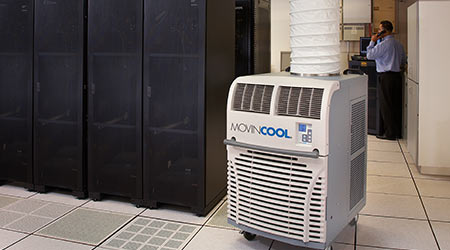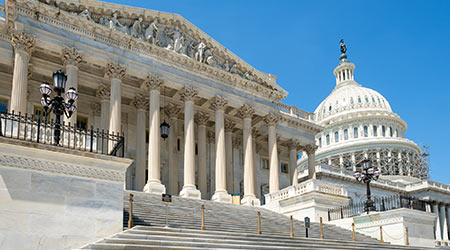
Planning for Portable Cooling Before Disaster Strikes
October 3, 2017
Emergencies and disasters often force maintenance and engineering managers to make tough decisions at a moment’s notice. From storms, hurricanes, and tornados to problems caused by flooding combined with extreme heat, emergencies can create short- and long-term cooling needs.
Preparing for whatever emergency might strike an institutional or commercial facility involves a host of challenges. To avoid these and other problems, managers need to review equipment options for addressing cooling needs, avoid problems commonly encountered during the process, and develop strategies to ensure they make the best choice for their facilities.
If a system is too small, the area might not cool properly. If it is too large, the result will be inefficient operation, frequent cycling of the unit, excessive noise, and improper humidity control.
It pays for managers to do their homework — to carefully assess facility needs and understand the technical requirements and beneficial uses of portable power — in order to to ensure that planning for portable power is both comprehensive and cost-effective.
Read more about how to plan for portable cooling need, HERE
Read more about calculating cooling loads, HERE
Read more about specifying the proper portable cooling equipment, HERE
This Quick Read was submitted by Ryan Berlin, managing editor of Facility Maintenance Decisions, ryan.berlin@tradepressmedia.com. Find out more about emergency preparedness products and backup power and generators.
Next
Read next on FacilitiesNet












